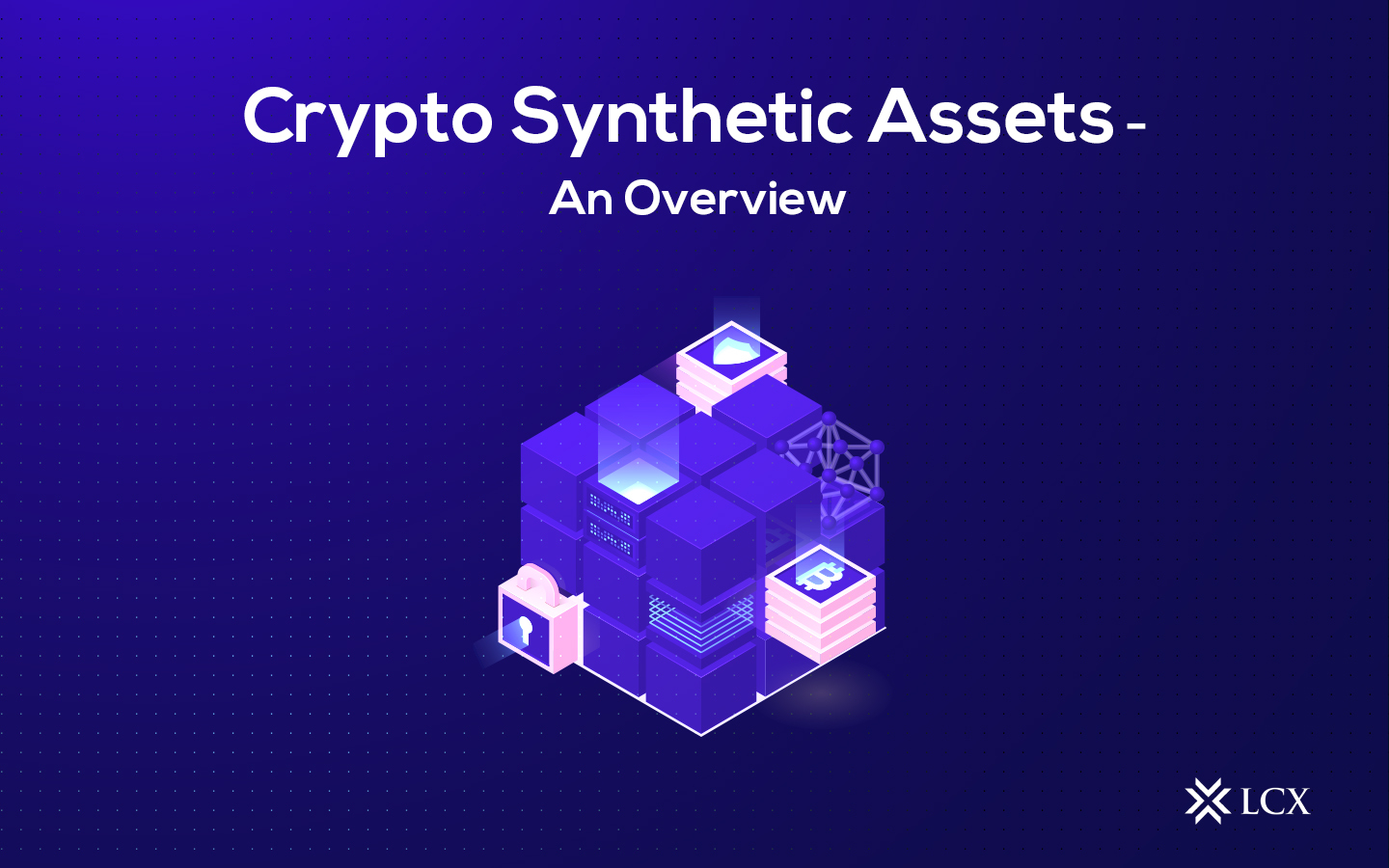Blockchain technology has been used for many applications since its inception and continues to do so today. Having its roots in Bitcoin, the technology is a cornerstone in transforming the financial ecosystem, taking it from a centralized to a decentralized system. In addition to offering greater transparency and economic freedom, many cryptocurrencies provide improved security and privacy.
Despite the early hype around crypto, many investors soon discovered the most popular cryptocurrency, bitcoin, had significant limitations. Like traditional assets, Bitcoin can only be bought, borrowed, held, lent, and sold. These limitations don’t need to apply to more sophisticated forms of cryptocurrency; Ethereum addresses the shortcomings of bitcoin’s blockchain and opens up more possibilities, including the possibility of developing innovative decentralized financial products.
The quest for a better financial system gives rise to decentralized finance (DeFi) based on the peer-to-peer concept that removes intermediaries from the system. Through peer-to-peer networking and self-executing “smart contracts” on the blockchain network, DeFi eliminates centralized institutions while democratizing finance. DeFi has been used for many novel purposes, and this freedom has led to great experimentation and millions of dollars in revenue.
Although DeFi has been around for a while, it took off in the summer of 2020 – the DeFi Summer – when liquidity mining took off. This popularity leads to new types of assets that cater to a broader group of users. Synthetic assets are one of these new types of assets.
Deep Dive Into Synthetic Assets
Traditionally, synthetic assets consist of assets with the same value as other assets. In the crypto world, synthetic assets are typically tokenized derivatives. Assets whose values are derived from different assets or benchmarks are called derivatives. The only difference between derivatives and synthetic assets is that derivatives provide customized exposure to underlying positions or assets, while synthetic assets are tokenized representations of those positions.
In the crypto world, derivatives are becoming more popular since they allow investors to benefit from the fluctuation of various tokens without possessing any of them themselves. Additionally, synthetic assets have a lot of appeal among crypto enthusiasts since they provide a tool currently available to traditional traders.
Synthetic assets allow investors to trade virtually anything. A real-world asset is recorded on the blockchain via tokenization, i.e., the investor receives a token or certificate as proof of ownership of the real-world asset. A new world of investment possibilities can be unlocked for retail and institutional investors. This can occur by fractionalizing real-world assets such as stocks, precious metals, property, and other difficult-to-access assets. The added security and traceability of synthetic assets are two main reasons why they are considered a preferred form of investing. Trades are recorded on a distributed ledger, guaranteeing traders anonymity and security if they wish to remain anonymous. More and more DeFi solutions are entering the market as interest in synthetic assets rises.
Synthetic Assets Transforming DeFi
The introduction of synthetic digital assets disrupts defi by opening up liquidity opportunities. Democratizing finance and increasing access to the promising investments of the future are the goals of tokenizing investments, enabling individuals to access opportunities they might not otherwise be able to access. Transacting on the digital blockchain and using self-executing smart contracts allows for near-instantaneous liquidity when entering and exiting investments.
The creation of synthetic assets (synths) is made possible by smart contract systems that allow the creation of debt in arbitrary assets with exchange rates determined by price oracles. Protocols can therefore provide exposure to a wide range of assets through an oracle with access to a reasonably liquid market.
Advantages of Synthetic Assets:
Permissionless Minting: Anyone can create a synthetic asset system using blockchains such as Ethereum
Access and transferability: Synthetic assets are freely transferable and tradable
Frictionless Transfer: You can move between stocks, synthetic silver and gold, and other assets without having to hold the underlying asset.
Global liquidity: Another advantage of synthetic asset protocols is their “infinite liquidity.
Synthetic Assets in Crypto
Abra
Abra was founded in 2014 and is one of the pioneers of synthetics in crypto. It is a decentralized investment platform that creates synthetic assets using cryptocurrencies as collateral. Using litecoin and bitcoin blockchain-enabled smart contracts minimizes friction for those who wish to purchase, sell, and hold alternative cryptocurrencies.
MARKET Protocol
MARKET Protocol facilitates the creation of decentralized derivative Position Tokens by providing users with a trustless and secure environment. Synthetic assets can be created that track, through an oracle, the price of any reference asset. In traditional finance, bull call spreads provide long and short exposure to the underlying asset. Position tokens provide a similar payoff structure.
Synthetix
Synthetix is a collateral type, issuance platform, and exchange that permits users to mint an array of synthetic assets. By locking up collateral, users can create a synthetic asset, which can then be traded for another using an oracle. The user buys collateral through the oracle instead of a direct counterparty, so their collateral is effectively repriced. Recovering collateral requires the user to repay the loan.
Universal Market Access (UMA)
UMA is a platform for decentralized financial contracts that utilizes smart contracts and a “provably honest oracle” mechanism. Any two parties can establish financial contracts on their terms with UMA. Investors can create their own tokenized derivatives on the platform using ERC20 tokens. Derivatives, similar to ETFs, provide short, long, or leveraged exposure to real-world assets.
Conclusion
Crypto synthetic assets and the models that support them can profoundly affect finance. These models allow holders to trade traditional assets and their derivatives while maintaining access to the digital economy. The synthetics sector plays a vital role in the traditional financial markets and is also becoming more of a factor in the DeFi movement. The financial industry is still in its infancy, and new financial products need to undergo more experimentation from both developers and financiers.









